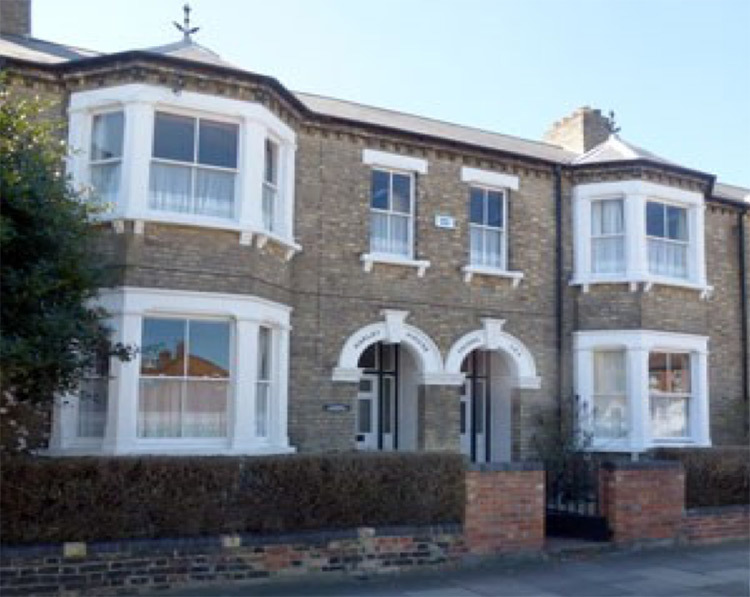The Panacea Charitable Trust (PCT) was known as the Panacea Society until its name change in 2012
The origins of the Panacea Society can be traced back to a series of letters (now located in the Panacea Charitable Trust’s archives) written between four middle-class women living separate lives, brought together through a common interest in the life and message of the 18th century prophetess, Joanna Southcott, against a backdrop of very traditional Church of England Christian views. These communications commenced in 1913. The four women were Mabel Barltrop, Rachael Fox, Helen Exeter, and Kate Firth. Each was interested in the message Joanna Southcott had sent out over one hundred years before, and each felt the world’s troubles would be overcome if only the Bishops of the Church of England would consent to open Joanna Southcott’s sealed box of prophecies.
Throughout the Great War period these four women corresponded with each other extensively, discussing aspects of prophecy and revelation and believing their interest to be divinely inspired. Mabel eventually emerged as the prominent member of the group as the others identified her as both Shiloh (the child whose appearance was foretold by Joanna over a century ago), and as Octavia, the eighth prophet of the Visitation and the Divine Daughter of God. From these early beginnings the group continued to grow in numbers, attracting other like-minded women through word of mouth, correspondence, and regular meetings. In 1920 the group attempted to place themselves on a more formal footing, calling themselves “The Community of the Holy Ghost”, although little appears to have changed with that idea other than establishing Memorandum and Articles of Association which attempted to formalise their mission. The early 1920’s saw the numbers of believers in Octavia as the eighth prophet increase, as more people were drawn to this newly emerging community based in Bedford.
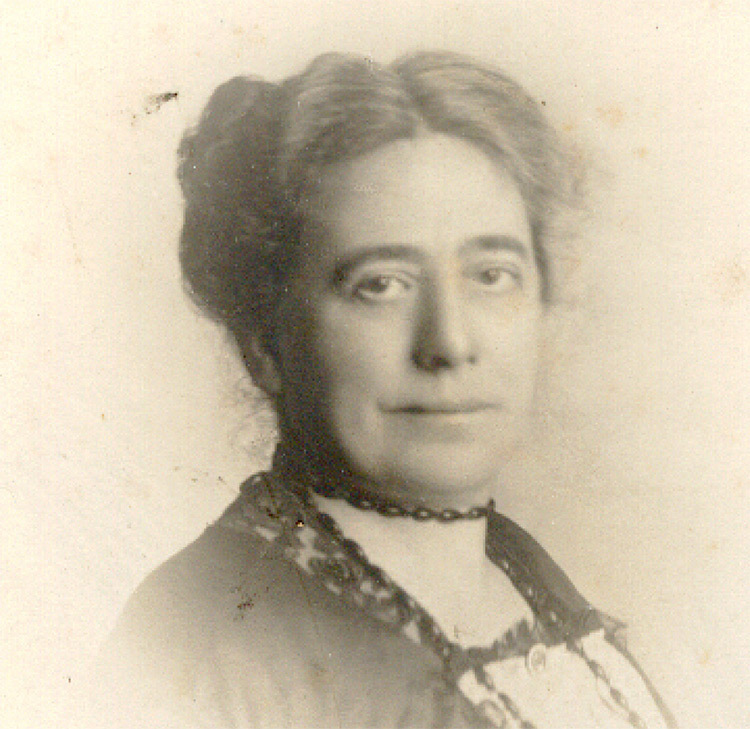
By 1923 the group had chosen to adopt the name the Panacea Society, reflecting the recently commenced healing ministry that was to become a main part of their work reaching out across the world in decades ahead.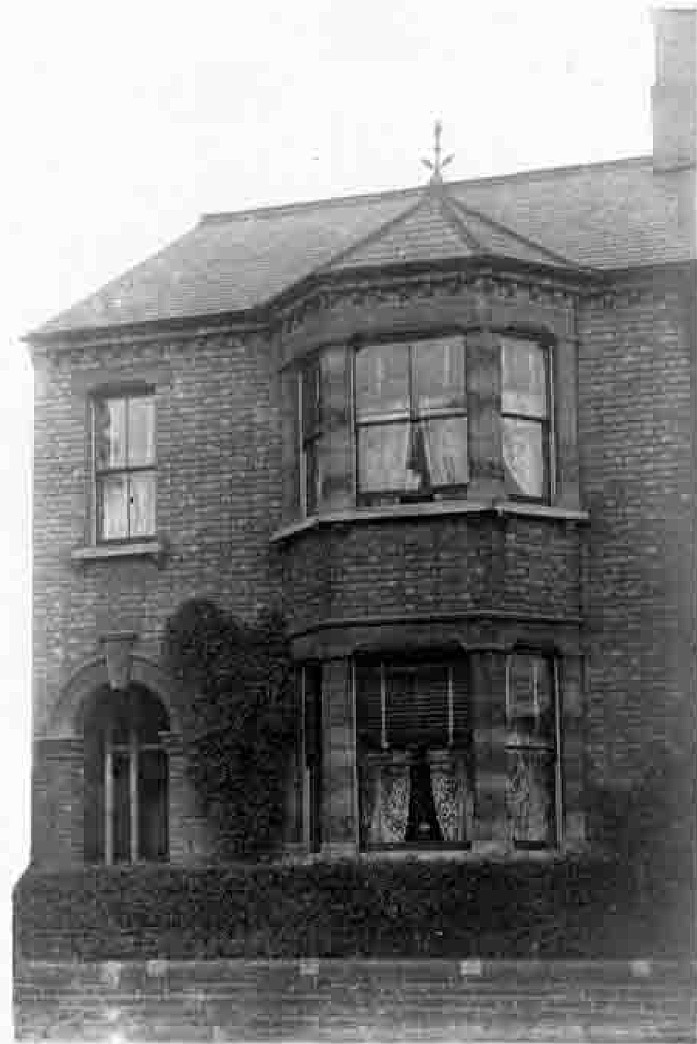
By the mid 1920’s the gathering of believers had formalised their commitment to this new way of life by purchasing houses in Albany Road and surrounding roads and developing them as community houses. In 1926 the believers were successful in applying to the Charity Commissioners for charitable status for their group, thus further formalising the mission of the Panacea Society.
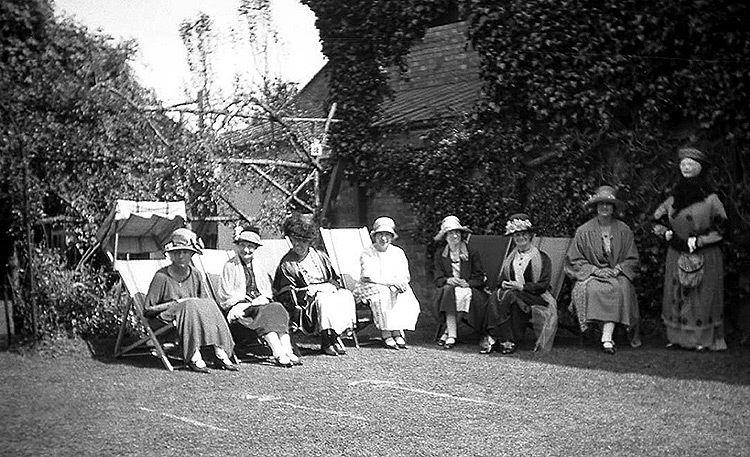
In the late 1920s and early 1930s the work of the Society reached its zenith when immense publicity was directed towards the Bishops of the Church of England to open Joanna Southcott’s Box of Sealed Writings. During this period The Society organised various petitions, resulting in over 100,000 people demanding that the box be opened.

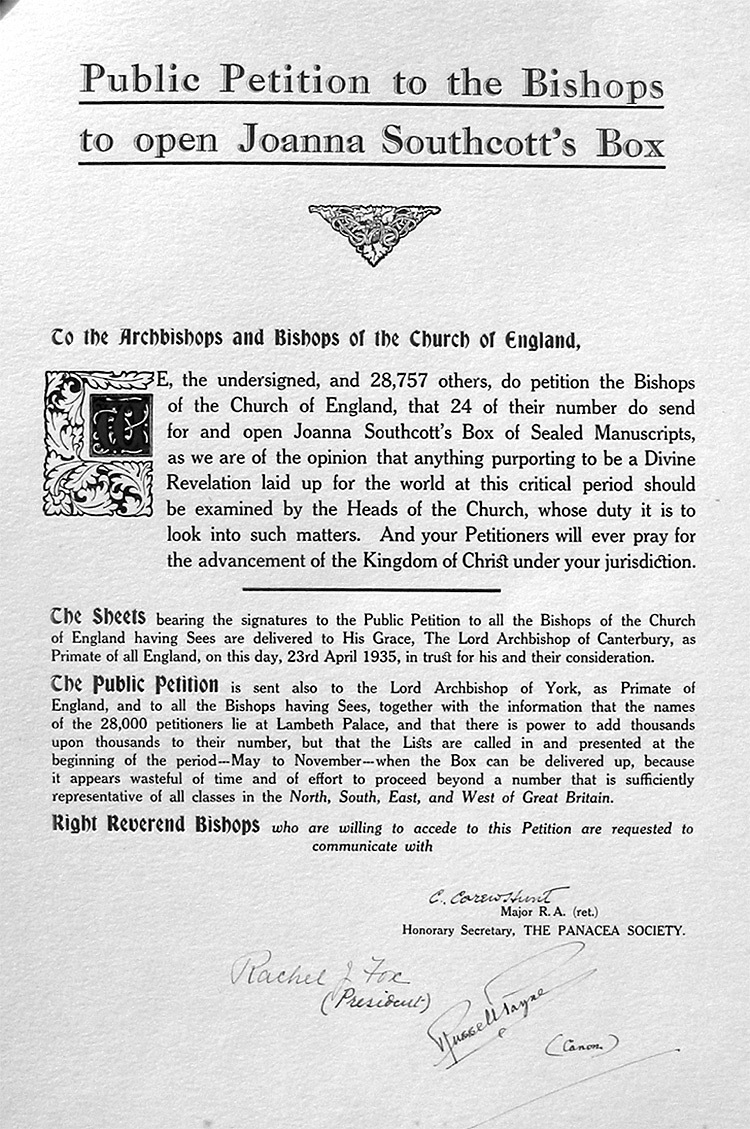
By the early 1930′s there were about fifty members living in and around the Albany Road area in Bedford, with an additional two thousand members living elsewhere across the world. The majority of members who joined the Society, particularly those who were resident members, were single middle class women from wealthy backgrounds. However, men did occasionally join the Society, particularly later on, and individuals with little wealth or means joined as servants. Each member devoted their lives to the work of the Society, which included not just the advancement of Joanna Southcott’s box of prophecies, but also the advancement of its healing ministry – thought by its members to be a ‘panacea’ a healing cure for all illness. The cure consisted of drinking ordinary tap water infused with a linen square in it that had received Octavia’s divine breath. The squares were sent free of charge to anyone who requested the healing, and in total applications were received from 130,000 people across 90 different countries.
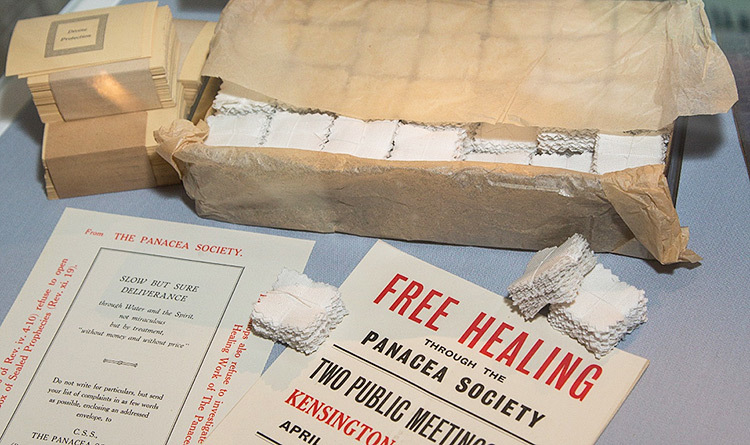
The Society publicised the importance of ‘opening the box’ and the healing ministry extensively. They advertised through the national press; purchased billboard space all over London, and produced over 1,000 different leaflets and books that they distributed and made available free of charge.

Mabel Barltrop died in October 1934, just after a number of other key members. Usually, after the death of one or more key members, religious groups often begin to decline. However, under the influence of Emily Goodwin who became a key figure from 1922, the number of resident members increased from fifty-four to sixty-six, and the number of sealed members increased from 1,285 to 1,978. It was not until the death of Emily Goodwin in 1943 that the rate of new members wishing to join Society went into decline.
During the war years the Society contributed to the local war effort by offering the authorities the use of two of its properties, which fulfilled functions such as an Air Warden’s post, a reception area for evacuated children, and a store for The Red Cross.
Throughout the 1950’s and into the 1960’s the number of world-wide members had reduced from over 2,000 to just under 500 by 1966. Despite declining in numbers, those who remained, along with those who subsequently joined, continued to campaign tirelessly to petition the bishops to open Joanna Southcott’s box, as well as expand its healing ministry. The Society was able to continue to fund these endeavours throughout the latter half of the twentieth century in part due to the generous bequeaths of property and other financial assets from its earliest members.
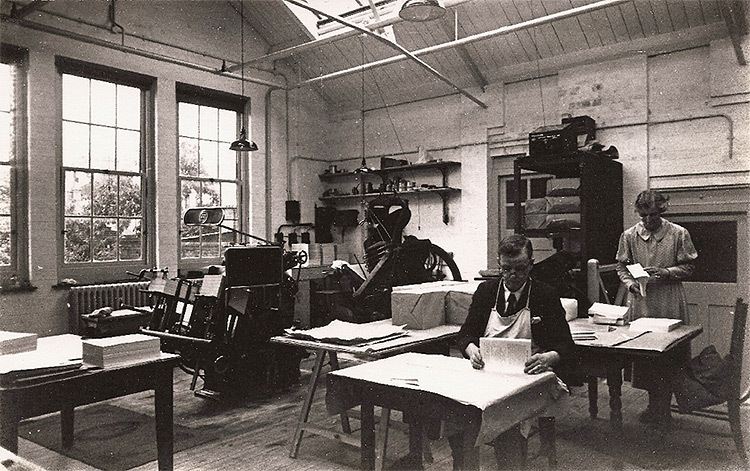
By the end of the 1990’s only two resident members remained: John Coghill (1912-2008) joined the Society aged 22 in the year of Octavia’s death and was an active and dedicated member for almost 74 years, spending the last 10 years of his life living in Bedford and working for the Society. Ruth Klein (1934-2012), joined the Society in 1972 aged 38, and was a passionate believer in the healing ministry which she managed single-handedly from her arrival as a resident member until its closure in 2011. Ruth Klein, the last resident member of a religious community that came together in the early 1920’s, passed away in 2012.
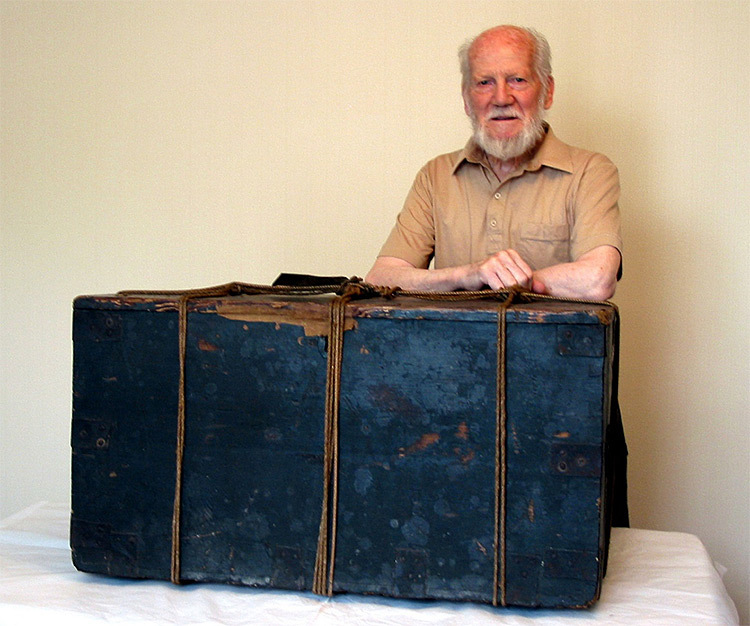
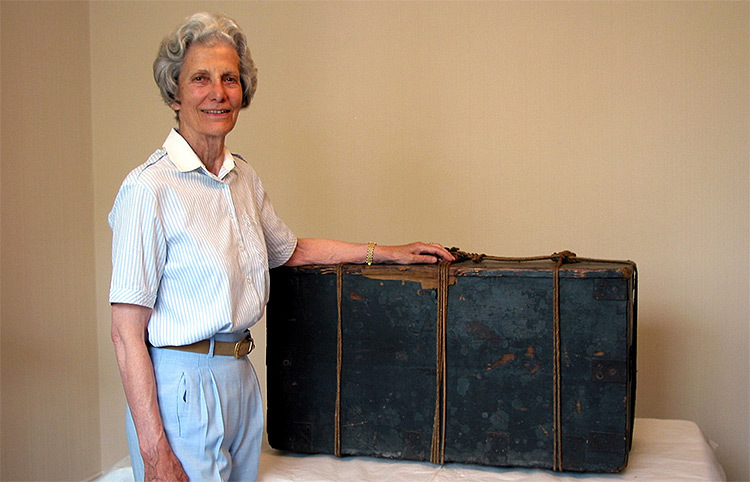
With the passing of its last resident member, the Panacea Society ceased to exist as a religious organisation; at which point it changed its name to The Panacea Charitable Trust, reflecting the closure of one era and the beginnings of a new one.
